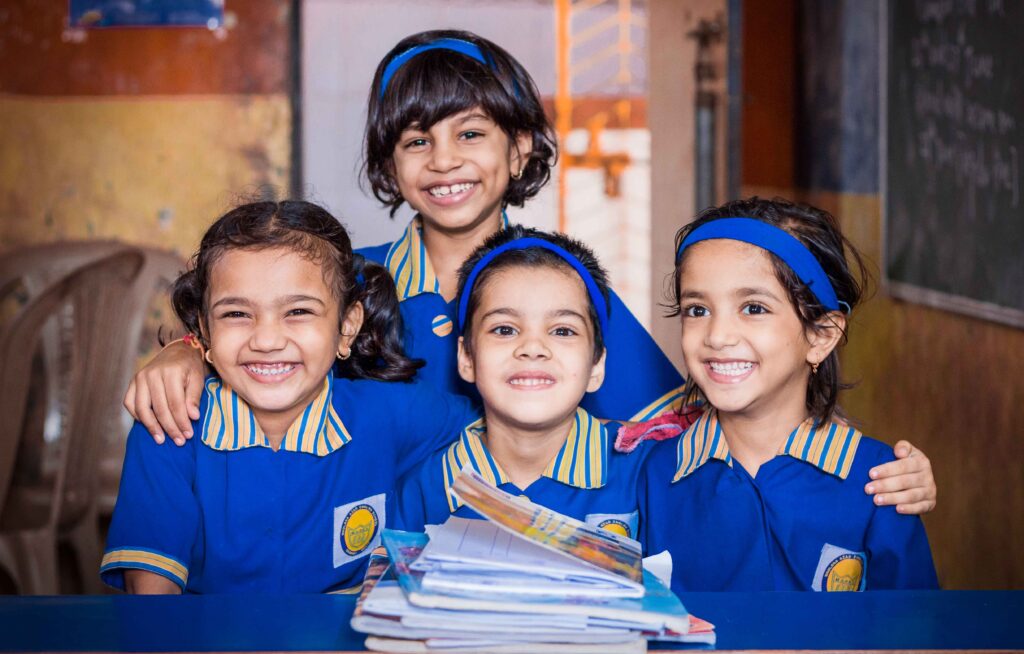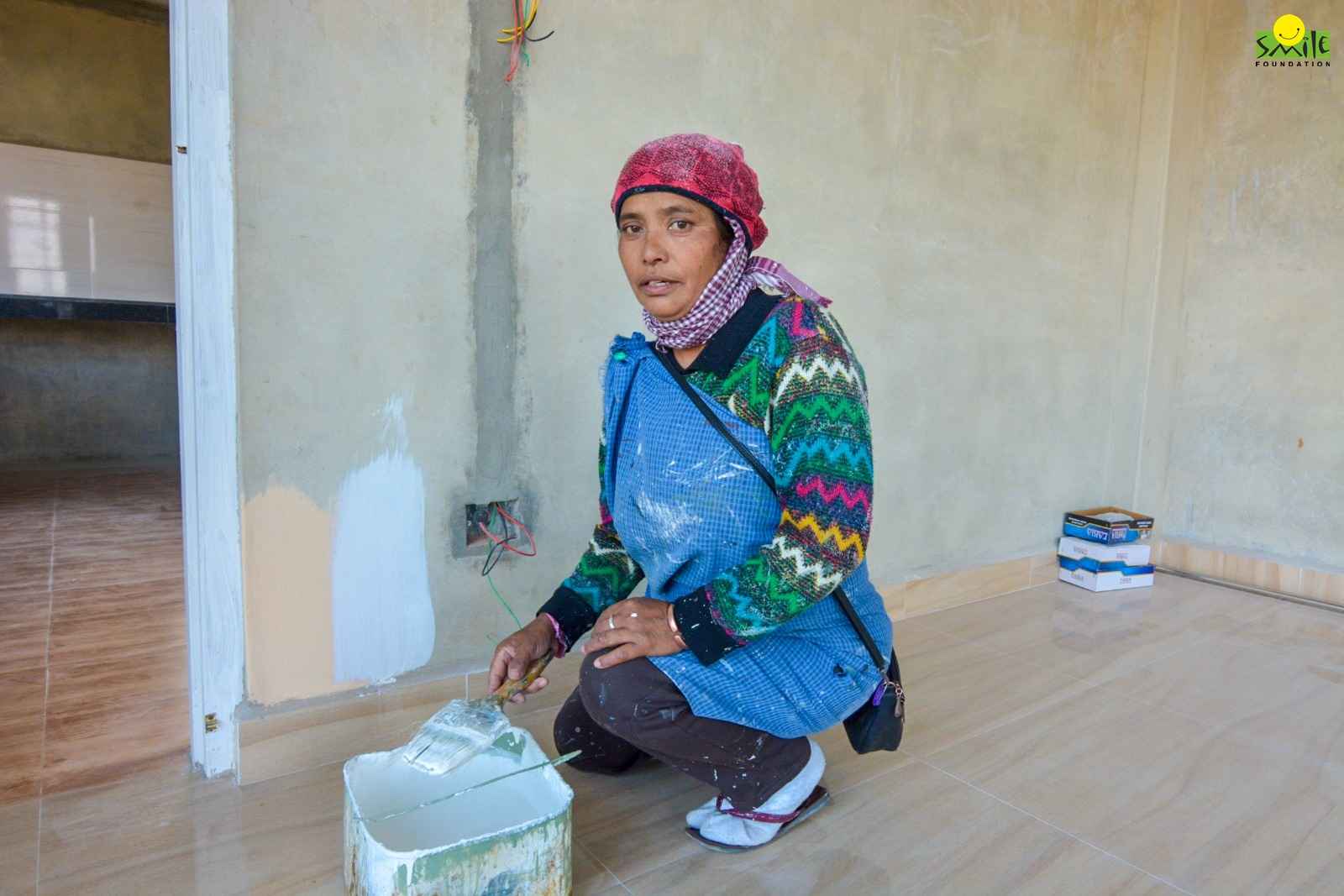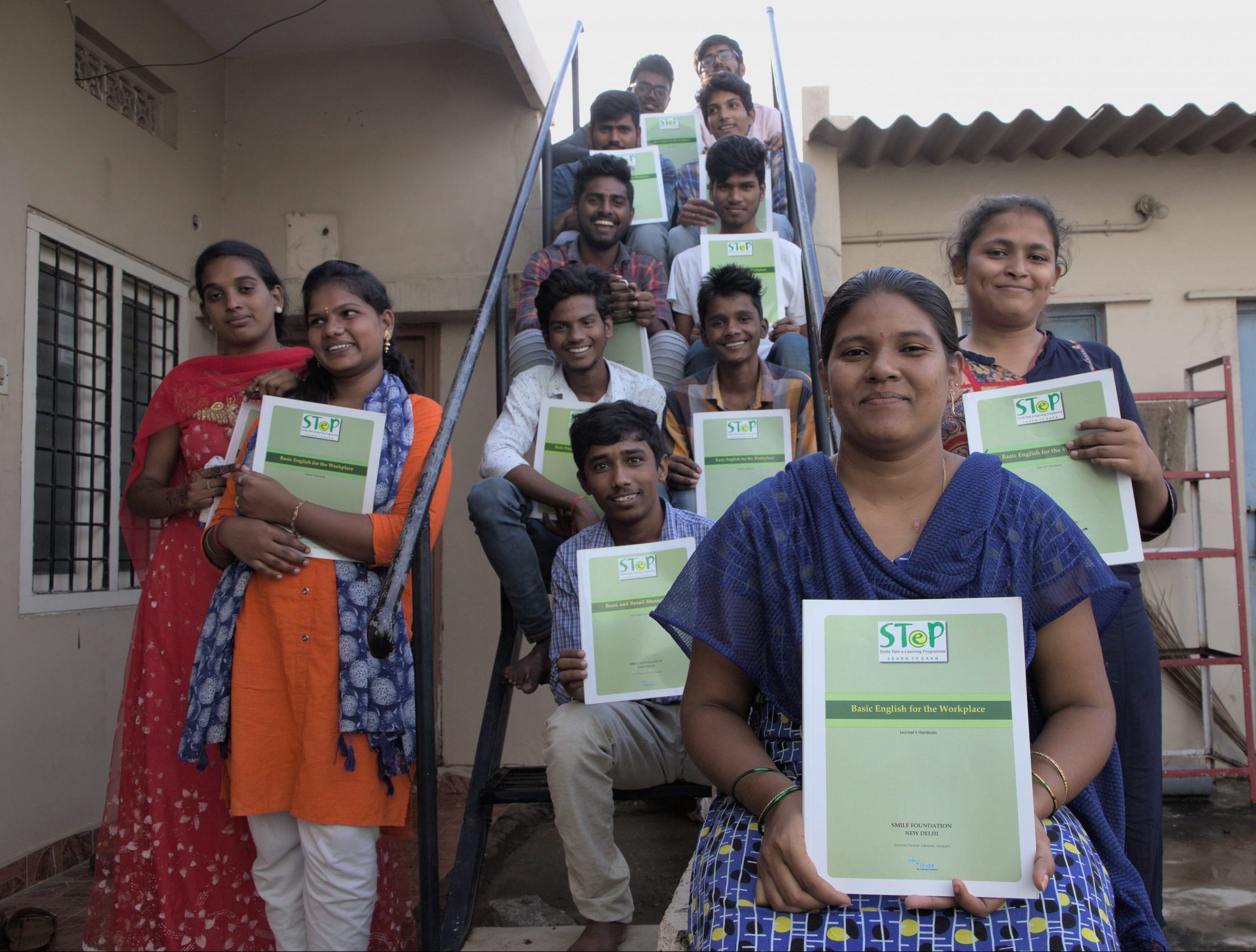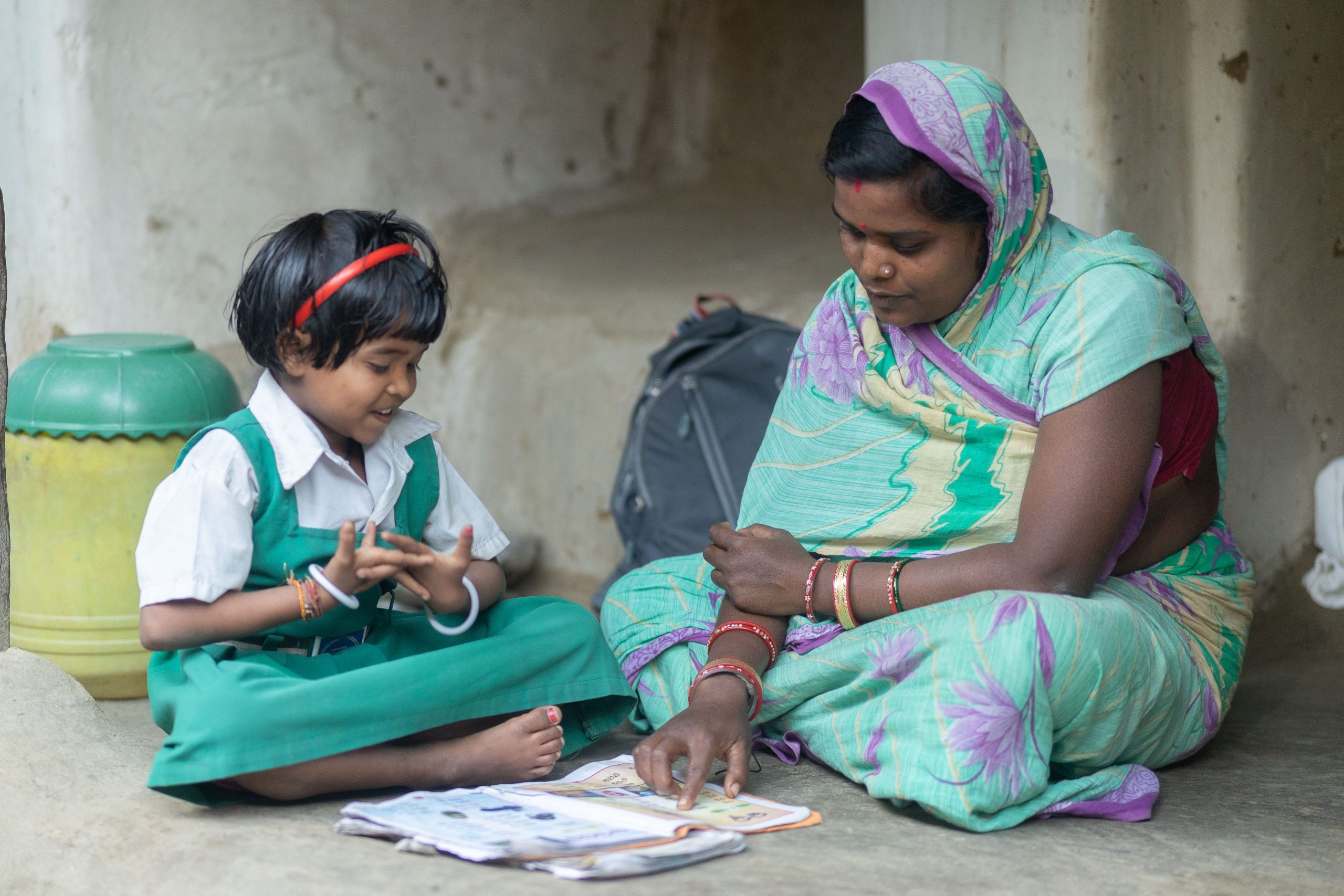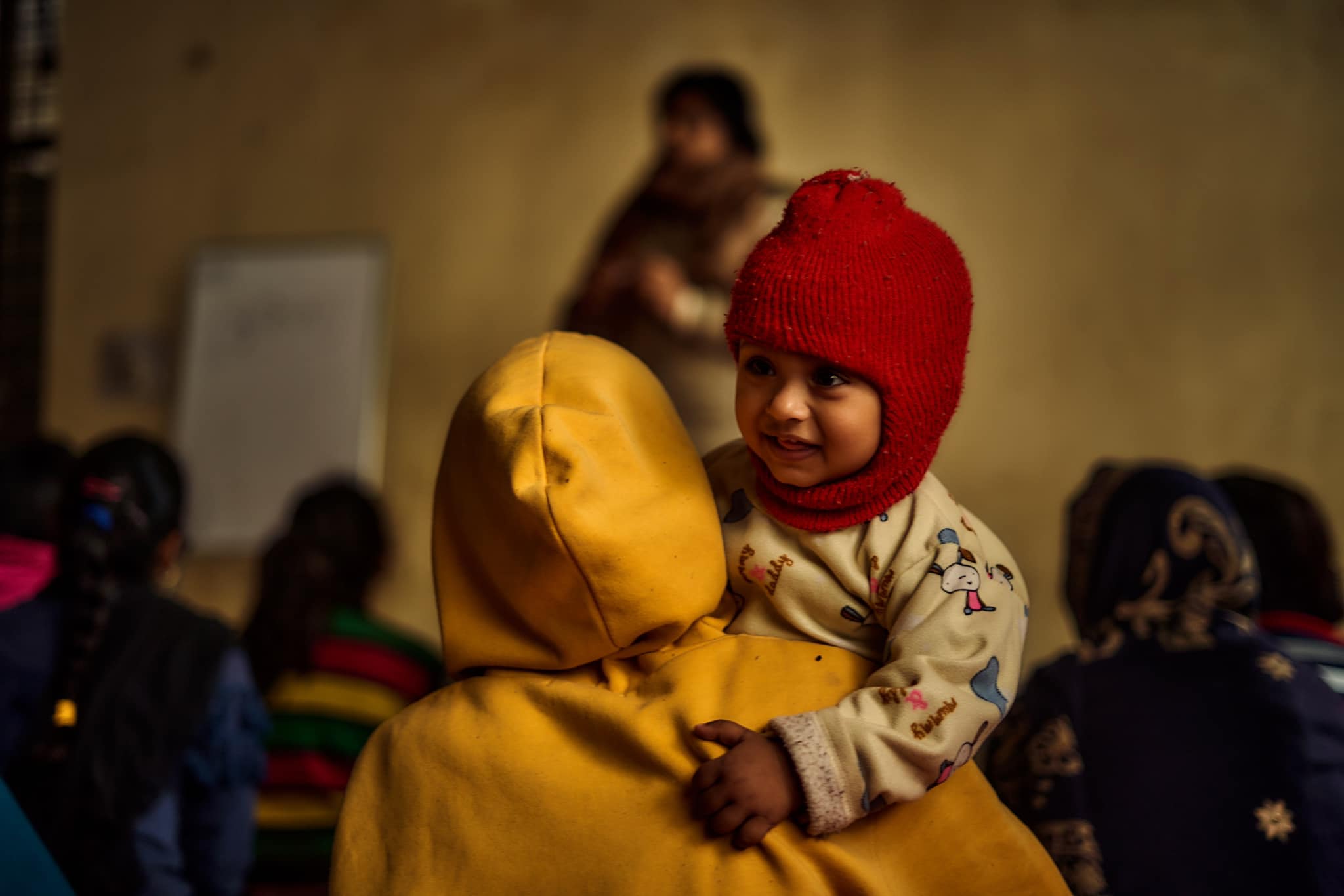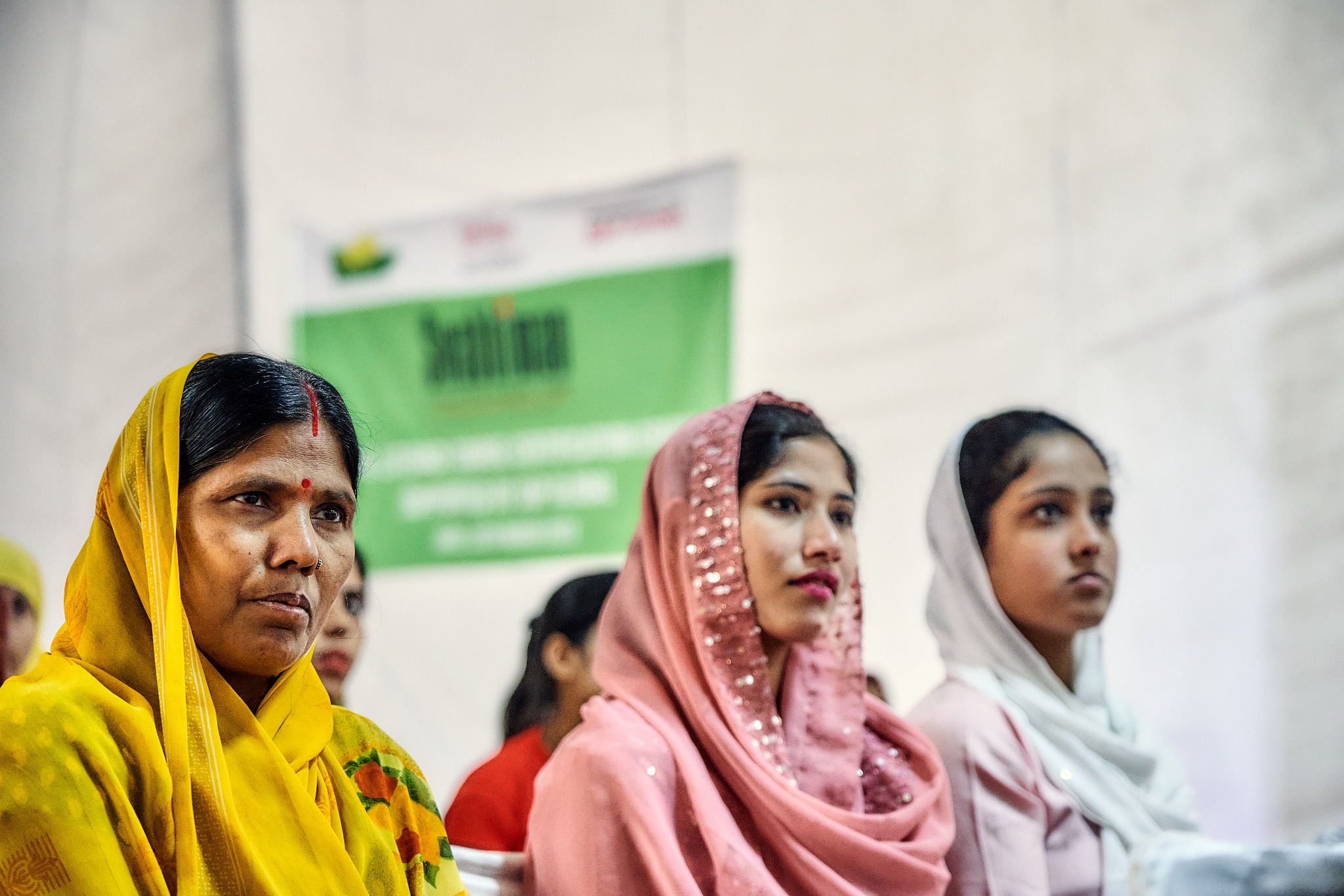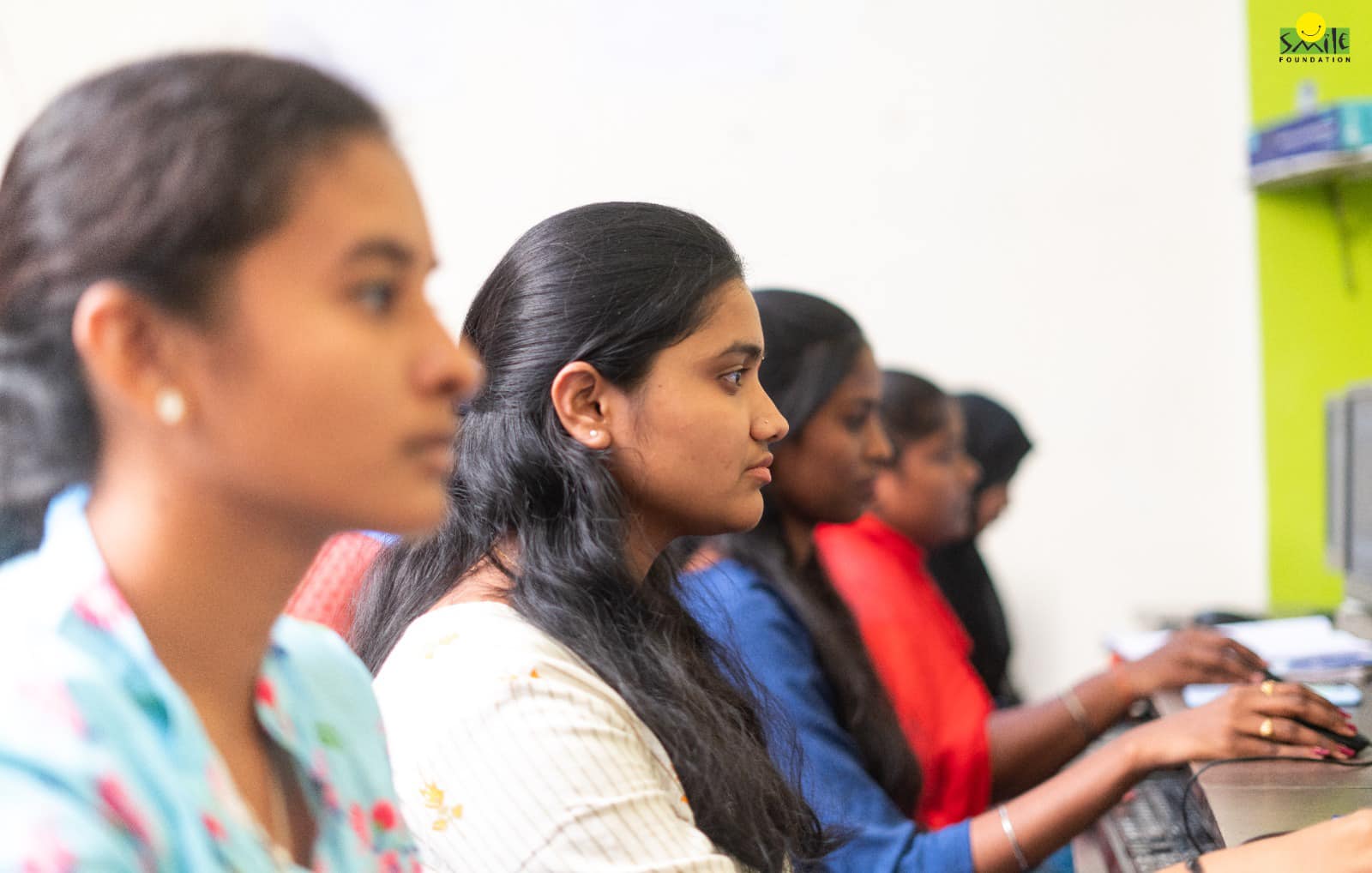We, as a nation recently celebrated the National Girl Child Day (24th January 2018), promised to make the world around us a better place for girls from different walks of life. It provides a comprehensive platform for new opportunities to girl children in the country. Simultaneously, it creates more awareness in the masses about the problems and inequalities faced by the girl child in the society. Inequality of girl child is itself a vast problem that is visible in areas like inequality in education, nutrition, legal rights, medical care, child marriage and so many. The placards, posters and protests speak out the language of women empowerment, save girl child, educate girl children, bring back our girls from slavery. The promise of good, safe and healthy life is all she asks and can be delivered and sustained by us.
India, as a state-nation portrays a complex picture especially with the girl child. Every state in the country offers vivid statistics in terms of child-sex ratio, education, health, empowerment and other parameters. A balanced equation cannot be set, if in one corner of the country girls are not allowed to go to school while in a distant part a girl becomes a top-ranking IAS officer. The public policies and academic scholarships act as a balm to these ailments, but then the problem is deep rooted.
Let’s start with the child sex ratio, Haryana the features in the bottom of the rank list is gradually picking up with 834 girls against 1,000 boys in 2011 (Census 2011). Post their birth, the next challenge is to break the brick/mud walls and make way for schools and space for school textbooks. Often the hour long (or less) walk to school is nothing less than consistent torture and pervasive humiliation. School is an avenue of knowledge under the guidance of teachers with basic infrastructure like toilets, drinking water facility, playground and others.
The Student-Teacher ratio is considerably bad in rural and tribal areas, where one teacher is teaching 1 lakh students (a report tabled in the Parliament) without a proper classroom and a blackboard. Consequently, more than half of the school children in grade 5 are not able to read a two level text. In terms of sanitation, the figures are very shocking with reference to the Annual Status of Education Report (ASER) of 2013 states that 53.3% of useable toilets for girl children in schools and 47% schools in India still do not have separate toilets for girls.
Yes, the picture appears to be dismal and one shouldn’t be disheartened. One of the most prominent campaigns by the government; Beti Bachao and Beti Padhao has been ensured survival, protection and education of girl children. It was launched in 2015 with an initial funding of 100 crores focused on multi-sector action in 100 districts throughout country especially where child sex ratio is low. This campaign has been particularly vital for improving the child-sex ratio in Haryana (currently standing at 914 girls against 1000 boys). Similar improvements have been noticed in Rajasthan, Punjab, Delhi, Uttar Pradesh and other states.
The latest Economic Survey (2017-2018) states that the Pupil-Teacher ratio has seen significant progress which 23:1 and considerable improvements have been done in construction of school buildings/class rooms, drinking water facilities, toilet facilities and appointment of teachers at elementary school level. Interestingly, the student-classroom ratio that is greater than 30 has declined from 43 per cent in 2009-10 to 25.7 per cent in 2015-16.
To mitigate differences in the society, education is the only opportunity and a sacred option. It helps girl child making informed choices and develops a responsible stature within the household in the decision making process. An educated woman not only uplifts the family from drudgery but can also contribute to the economic growth of the country.
“One Child, One Teacher, One Book and One Pen can change the World.”
– Malala Yousafzai, Noble Prize Laureate,
Keeping the list of Millennium Development Goals in mind and agreeing to the axiom that every child must be school. Dedicated efforts have been done by the Government to merge the gap in access and quality to good and affordable education. A lot more needs to be done especially in areas where girl children don’t spend a couple hours in school. You and me, who are members of this growing civil society can surely make a difference and appeal to our friends that education has no barriers and knowledge is a free flowing discourse that enlightens the creative minds.
When girls are educated countries are stronger and prosperous- Michelle Obama.



